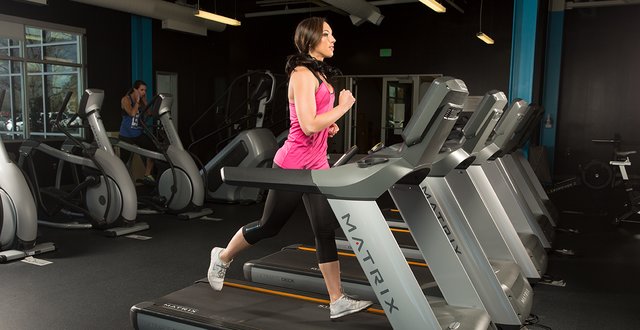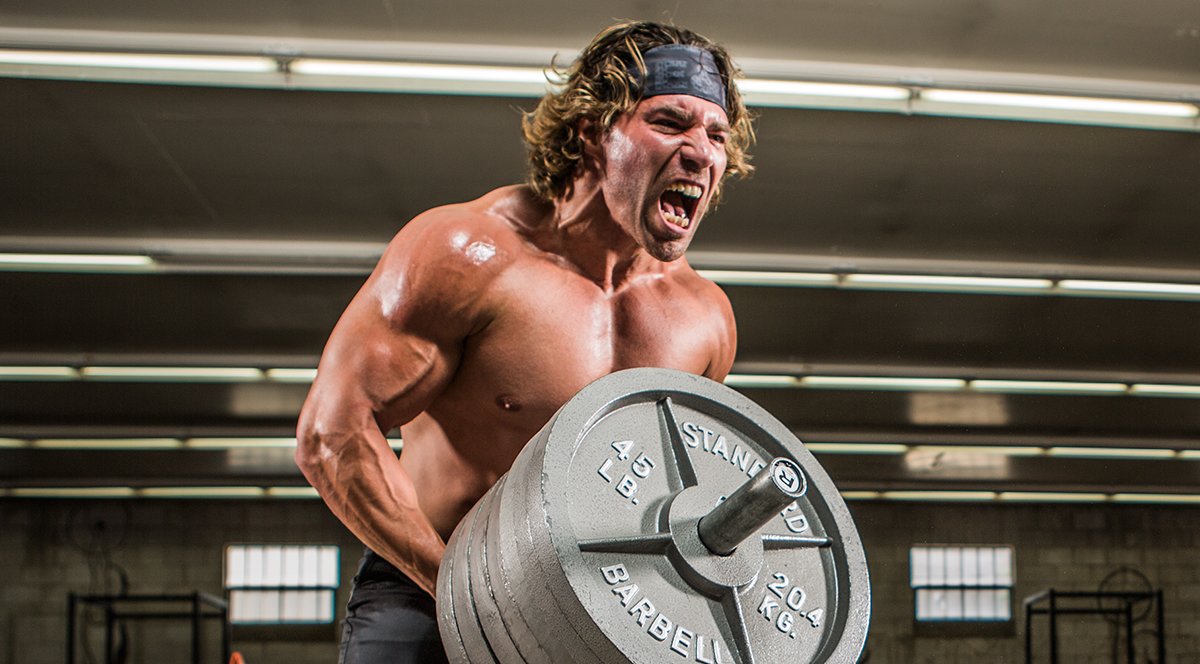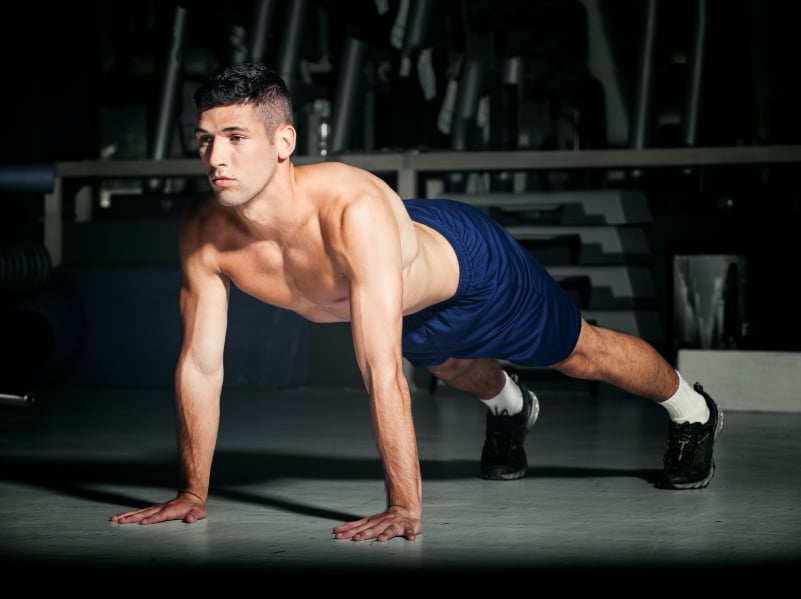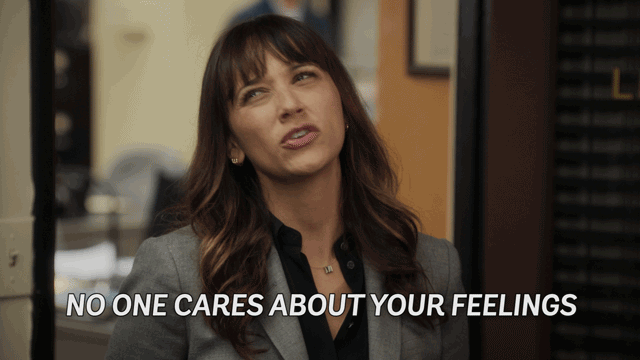Hygiene myths tend to morph and change with the times. Getting clean used to mean simply sponging off your face and hands or maybe a soak in a wooden tub full of well water. But now that most of us are fortunate enough to have access to heat and plumbing, we have few excuses not to keep up with things. To dispel some of the most common hygiene and grooming myths, here are two germ experts: Jason Tetro, microbiologist and visiting scientist at University of Guelph and author of the best-seller, “The Germ Files,” and Mike Swann, M.D., a dermatologist in Springfield, Missouri.
MYTH #1: YOU NEED TO SHOWER EVERY DAY.
Both experts agree showering every day isn’t necessary. That is, of course, unless you have a job or hobby that has you sweating profusely or getting really dirty every day. Our bodies are covered in microbes, and they grow over time, says microbiologist Jason Tetro. “If their concentration gets too high, we stink and run a risk of skin irritations, acne and dandruff.” He adds that showering at least once every few days should keep bacterial levels low enough to prevent unpleasant aromas. If you have dry skin but still need a shower, Dr. Mike Swann says bathing with synthetic soaps, such as Cetaphil, Dove or CeraVe, can minimize the amount of residual cleanser on your skin and avoid stripping it.
MYTH #2: PUBLIC TOILET SEATS ARE HAZARDOUS TO YOUR HEALTH.
If you’re a woman, you’ve likely perfected the fine art of making a toilet paper ring on the toilet seat or squatting without touching the seat. However, though microbiologist Jason Tetro says toilet seats are often coated with germs, the same holds true of your toilet seats at home, and they pose no threat to the skin. So sitting on a public toilet seat will likely cause you no harm. As long as you don’t have any open cuts or sores where your skin touches the seat, you’ll be fine. “Just don’t lick them, as many of the bacteria present could cause gastrointestinal troubles,” he jokes.
MYTH #3: HOT TUBS ARE FULL OF HARMFUL BACTERIA.
Hot tubs have a horrible rep. They were even once memorably referred to on “Seinfeld” as a “bacteria frappe.” Jacuzzis, like all recreational water areas, are contaminated with bacteria -- but mostly of the harmless, environmental variety, says microbiologist Jason Tetro. However, some can be troublesome, such as MRSA, E. coli and Legionella pneumophila, the cause of Legionnaires’ disease. As long as the hot tub is cleaned regularly, you should be good to take a soak.
MYTH #4: ANTIBACTERIAL PRODUCTS ARE BEST FOR HOUSEHOLD CLEANING.
It’s common knowledge that kitchens and bathrooms are hotbeds of germy activity. So you’d think using antibacterial products would be the best way to clean them. But microbiologist Jason Tetro says antibacterial products often contain triclosan, a chemical that isn’t particularly effective at killing bacteria and may be an environmental toxin. Disinfectants like bleach work better, but more eco-friendly solutions containing hydrogen peroxide work just as well.
MYTH #5: HAND SANITIZER REMOVES ALL BACTERIA.
Time to change the way you think about hand sanitizer. Dr. Mike Swann says that while sanitizers do reduce bacterial loads on our hands, the thought that your hands will suddenly be bacteria-free is just a myth. “The truth is that bacteria are all over your skin all the time,” he says, adding that this is completely normal. Though the sanitizers made of more than 60-percent alcohol actually work pretty well, the Centers for Disease Control says the other kind likely contains triclosan, which was recently banned from over-the-counter antibacterial soaps and bodywashes by the FDA. Soap and water is the best way to wash your hands -- especially if your hands are visibly dirty or if you’ve handled chemicals like pesticides.
MYTH #6: WASHING CUTS IN OCEAN WATER WILL HELP THEM HEAL.
The old myth about how seawater cleans out cuts and scrapes is just that -- a myth. It may be founded in truth (saline solution does help cuts heal), but in practice, it doesn't translate. Microbiologist Jason Tetro says an ocean rinse may work fine when it comes to cleaning off your hands, but it’s not such a great choice for wounds because it contains microbes that can actually interfere with the healing process, sometimes making things worse. Sterile saline is a much better way to go, says Tetro.
MYTH #7: DEODORANT IS HEALTHIER FOR YOU THAN ANTIPERSPIRANT.
In the early 2000s, a few studies investigated whether the ingredients in antiperspirant would cause cancer. The theory was that aluminum-based compounds and parabens (both found in some deodorants and antiperspirants) mimicked estrogen and promoted the growth of cancer cells. But the National Cancer Institute maintains those links aren’t substantiated conclusively. “Deodorants control microbial populations with antimicrobials, while antiperspirants control water production from the skin,” says microbiologist Jason Tetro, adding that both can be effective in the short term. However, deodorant may contain other chemicals considered nutrients for bacteria that can up your stink quotient, while antiperspirants keep bacterial numbers low because they need water to survive.
MYTH #8: YOU SHOULD CHANGE YOUR BEDSHEETS EVERY MONTH OR SO.
According to a 2013 survey by the U.K. mattress company Ergoflex, men between the ages of 18 and 55 only change their bed sheets four times a year -- and single guys only own a single set of sheets. Women usually own three sets and change their linens every two to three weeks. According to science, this is kind of gross. Microbiologist Jason Tetro says, “Each and every hour you are shedding millions of germs (while you sleep) that grow with sweat, oil, dirt and other organic chemicals. The majority are harmless, but some can cause rashes, irritations and acne.” Aside from that unpleasantness, dust mites feed off of the bacteria we shed in bed. To help keep those critters at bay, change your sheets weekly and use hot water to kill off the bacteria, says Tetro. If you shower before bed, you might be able to go a little longer before stink sets in, says Dr. Mike Swann.
WHAT DO YOU THINK?
Had you heard any of these myths before? Which ones did you believe? Were you surprised by any of the myths on this list? What other myths have you heard about hygiene? What did you discover about the truth behind the myth?





























